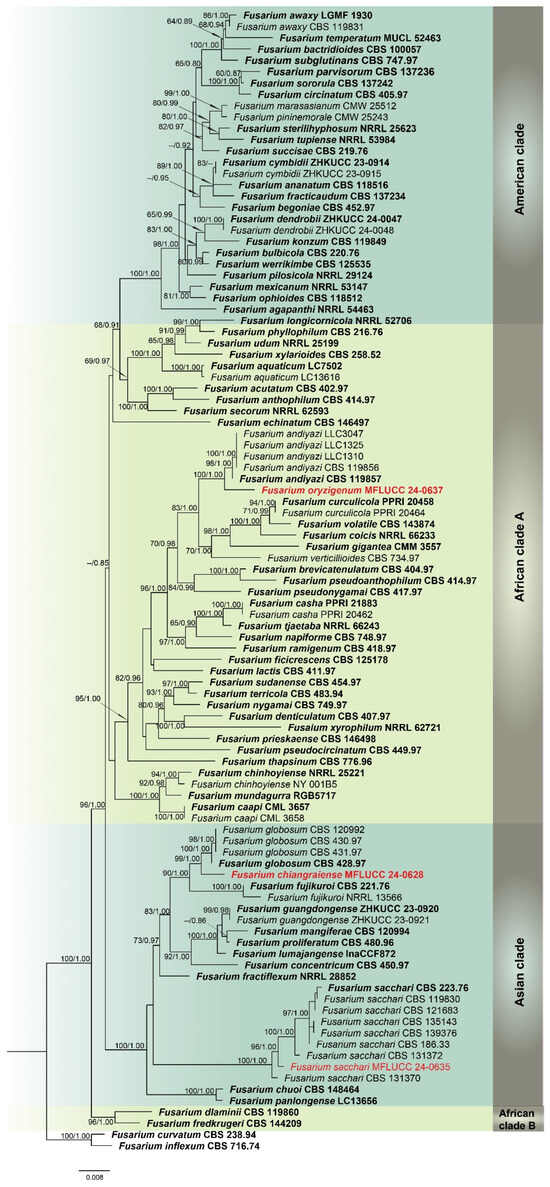Fungal Biodiversity and Ecology
A topical collection in Journal of Fungi (ISSN 2309-608X). This collection belongs to the section "Fungal Evolution, Biodiversity and Systematics".
Viewed by 12155Editor
Interests: fungal diversity; molecular ecology; fungal taxonomy; microbiome
Special Issues, Collections and Topics in MDPI journals
Topical Collection Information
Dear Colleagues,
Public awareness of biodiversity has been mainly focused on animals and plants. Fungi, as one of the eukaryotic kingdoms, have been largely neglected. There are about 2.2 to 3.8 million fungal species on Earth, while only about 120,000 species have been described, no more than 8% of the total number. Recently, a number of studies based on high-throughput sequencing have shown that the diversity of fungi inhabiting Earth may even largely exceed our previous estimations. Considering the essential ecological roles of fungi in various ecosystems, it is extremely important to investigate fungal diversity and the roles fungi play in various ecosystems. This Topical Collection aims to bring together a collection of papers focusing on Fungal Biodiversity and Ecology, with areas including, but not limited to, fungal diversity assessments (traditional methods and metabarcoding), diversity conservation, fungal systematics and evolution, fungal interactions with environments and other organisms, and ecological roles of fungi in various ecosystems.
Prof. Dr. Lei Cai
Collection Editor
Manuscript Submission Information
Manuscripts should be submitted online at www.mdpi.com by registering and logging in to this website. Once you are registered, click here to go to the submission form. Manuscripts can be submitted until the deadline. All submissions that pass pre-check are peer-reviewed. Accepted papers will be published continuously in the journal (as soon as accepted) and will be listed together on the collection website. Research articles, review articles as well as short communications are invited. For planned papers, a title and short abstract (about 100 words) can be sent to the Editorial Office for announcement on this website.
Submitted manuscripts should not have been published previously, nor be under consideration for publication elsewhere (except conference proceedings papers). All manuscripts are thoroughly refereed through a single-blind peer-review process. A guide for authors and other relevant information for submission of manuscripts is available on the Instructions for Authors page. Journal of Fungi is an international peer-reviewed open access monthly journal published by MDPI.
Please visit the Instructions for Authors page before submitting a manuscript. The Article Processing Charge (APC) for publication in this open access journal is 2600 CHF (Swiss Francs). Submitted papers should be well formatted and use good English. Authors may use MDPI's English editing service prior to publication or during author revisions.
Keywords
- fungal systematics
- fungal diversity
- fungal ecology
- fungal interactions
- metabarcoding












